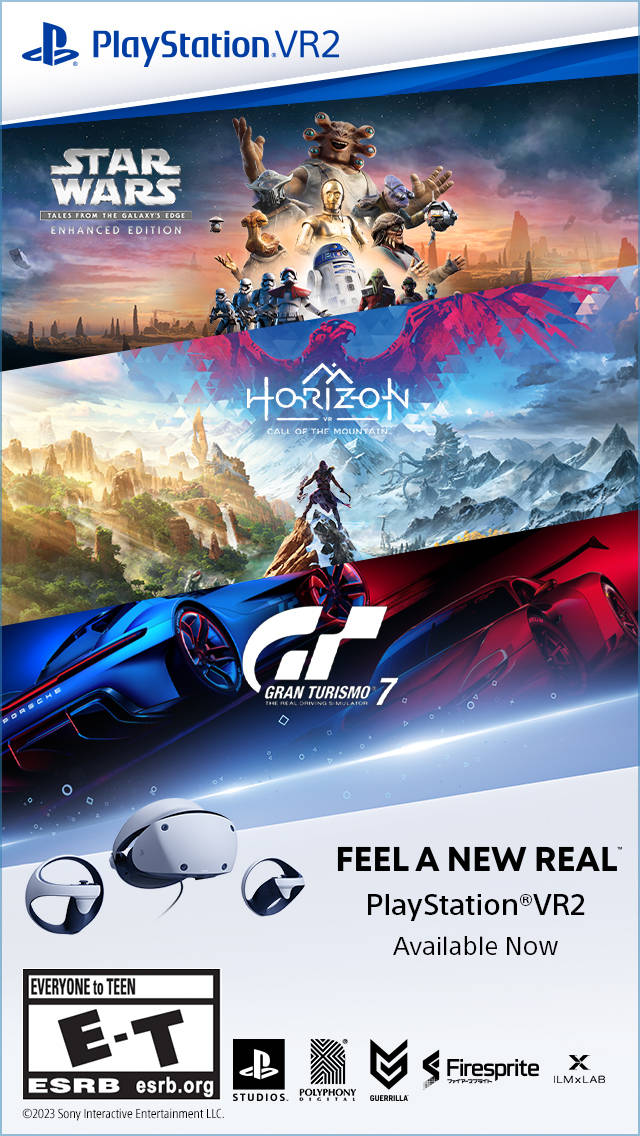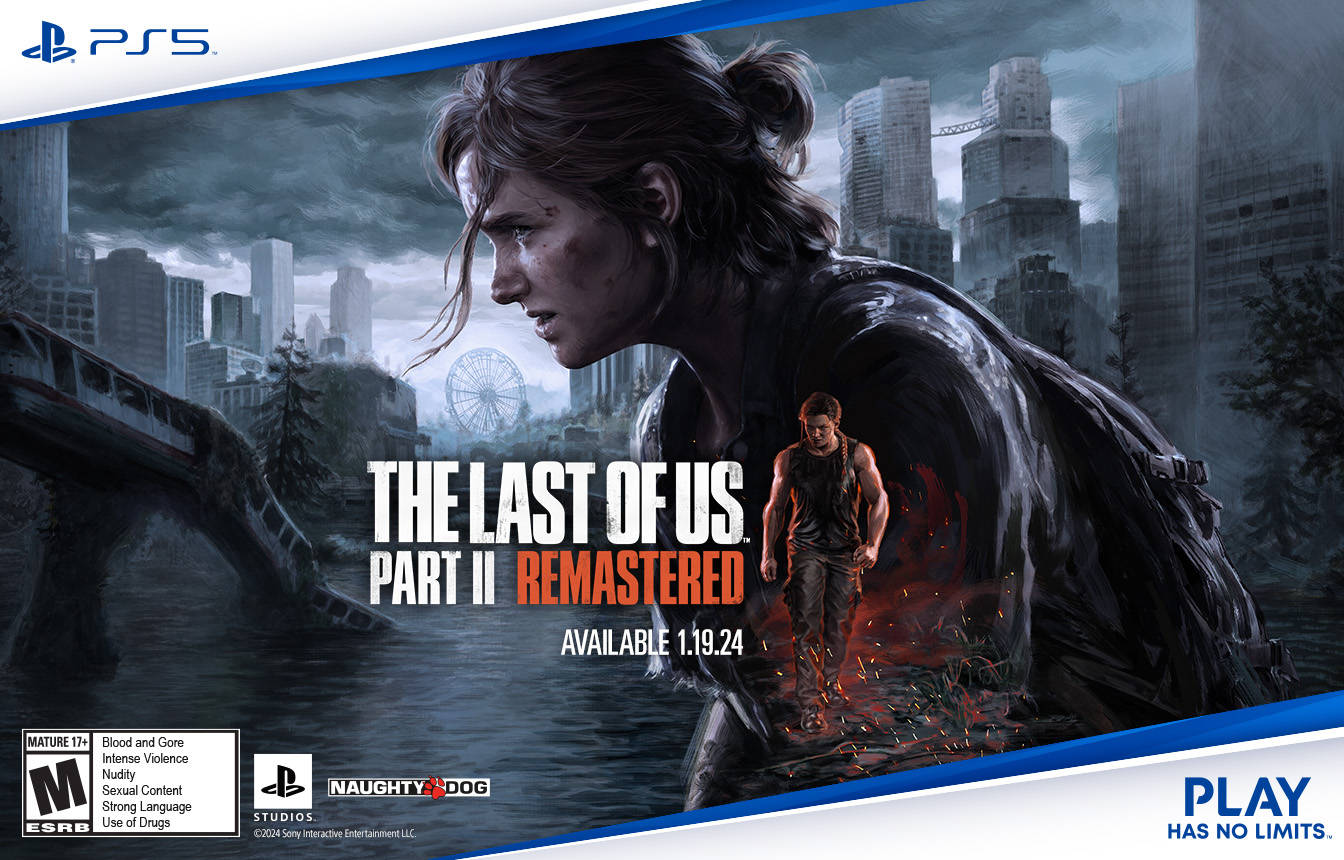Super Smash Bros. Ultimate‘s arrival on the Nintendo Switch marks a significant milestone for the console. Starting back with the Nintendo 64 and the debut of the brawler series, every Nintendo home console has included an iteration of Super Smash Bros., giving fans multiplayer games that seem never to get old as we punch, kick, blast, and smash one another to oblivion. Super Smash Bros. has made a name for itself as the must-have party game.
The Switch’s entry in the series is no different. The tried and true Smash mode, which lets up to four players compete in free-for-all or team battles with their favorite characters, is back. The many wacky stages that turn the screen into a hurricane of items and environmental hazards are still here, as are the clean and frills-free areas that are favored among players in the competitive scene. Every fighter from every past game—plus a few new additions—is available, giving fans of the series their favorite characters in one package. Everyone and everything we’ve loved is here, and that alone makes Ultimate a fantastic title for Switch. The great news is that Nintendo wasn’t satisfied with resting on its laurels and introduced some fantastic new modes on top of the returning content.
Spirits—the game’s oddest and most rewarding addition—is far and away the best thing to happen to the series. Instead of past titles’ collectible trophies, players can now earn Spirits, which are helpful buffs for fighters that bring a role-playing element to the brawler. Similar to the classic game of rock-paper-scissors, there are three types of Spirits that are effective or weak to the others. Sword is strong against grab, grab is strong against shield, and shield is strong against sword. There are also neutral Spirits that aren’t affected by any of the typings. Spirits can be of a primary or support class, with the primary Spirits having one of the three types and the support Spirits offering an ability that can be attached to a primary Spirit. For example, a few of the support abilities include increased sword damage, resistance to poison, starting a match with a Beam Sword, and more. The system seems slightly daunting at first, but once you understand how to mix and match support and primary Spirits, it’s a blast to use.
Spirits are primarily featured in the World of Light story mode, where players learn the ins and outs of the system. The mode offers a gigantic map filled with Spirit battles and unlockable fighters, each with their own custom primary and support combinations. On the strategic side of things, players must know which Spirit type will be best to use against their opponent and which support abilities will make the fight manageable. There were several battles where I had to think outside of the box with my Spirit loadout to win, and since each battle threw a new challenge at me, I never got tired of moving from one fight to the next. Some of the more difficult encounters, such as facing off against eight metal Mega Mans in a timed stamina battle, where their defense increases as the match goes on, felt impossible at first. However, once I came back with a better Spirit strategy, it was incredibly satisfying to conquer the fight.
As a fun touch, each Spirit is also a character that didn’t make the playable roster of fighters, such as Zero from Mega Man or M. Bison from Street Fighter. Those examples are just two of hundreds and discovering all of the nods to the gaming world is half the reason World of Light is worth completing. To complement the Spirits, the fighters in the battles even replicate those characters cleverly and charmingly. The battle featuring Pokémon’s Legendary Beasts Spirit, for example, has Pikachu, Incineroar, and Jigglypuff with their colors altered to look like Entei, Suicune, and Raikou. Taking it a step further, the fight also takes place at a burning version of Suzaku Castle, which is a nod to the Burning Tower from Pokémon Gold and Silver where players first saw the beasts. And that’s only one of many references that players come across in World of Light. It’s like each fight is a toy box where Ultimate‘s fighters, stages, hazards, items, and music are used to create a playful take on moments from other games that players love.
It’s this attention to detail, and the continually evolving strategic element of the Spirit battles, that keeps the World of Light campaign from feeling like a tacked on feature. It’s clear that care went into crafting the story, and considering the mode is about 25 hours long, the consistency of the attention to detail is astounding. Plus, completing it unlocks a New Game+ option, giving solo players a reason to come back to Ultimate when they’re not playing rounds of Smash with friends. The only real downside to World of Light is that the maps are far too large, with no way to navigate them easily. Players are stuck on a linear path that branches out to different areas, and getting from one side of the map to the other can be confusing.
As for the bread and butter of Ultimate—multiplayer Smash battles—players start with access to only the original eight starter characters from the first Super Smash Bros.: Mario, Donkey Kong, Link, Samus, Yoshi, Kirby, Fox, and Pikachu. As you play through the game, more fighters join the ranks, with 74 in total currently available. However, unlike previous entries in the series, new challengers will approach at random, and there are no special requirements to find specific fighters. All you have to do is play the game, and the iconic “a challenger approaches” message will appear, offering a shot at defeating a character to add to your team. At first, I found this to be frustrating, as I had enjoyed the structure of knowing how to get the characters I wanted when I wanted in past titles. Most fans will likely feel the same way, but there’s something freeing about the randomness of it all this time around. Unlike in past games, I was able to enjoy trying out all the different modes without worrying about who I would unlock next. Still, it takes a long time to get every fighter, and there should’ve been a way to speed up the process. You can also play through all of World of Light to unlock each character, but due to the mode’s length, that could take longer than playing Smash battles.
The new fighters alone offer a wide variety of different playstyles. The heavy fighters King K. Rool and Ridley feel a little more well-rounded than other heavies, as Ridley’s wings allow him to move quickly and King K. Rool’s down special gives him a good counterattack option against speedier characters. Meanwhile, Inkling and Isabelle’s side specials can turn the tide of a fight, especially Isabelle’s fishing rod, which can grab items and other fighters at a surprising distance. Perhaps the most surprising additions are Simon and Richter Belmont, both of whom use the iconic Vampire Killer whip from the Castlevania series as their neutral attack. The whip has an astounding reach, and combined with the hunters’ holy water, cross, and axe projectiles, their loadouts are as versatile as Mega Man’s, who’s equipped with several different Robot Master attacks.
When it comes to taking these (and the many other) fighters, the Switch’s controller options fare much better than I’d anticipated. A player can use single or dual Joy-Cons, a Pro Controller, or a wired controller, with the latter two being the most familiar for fans of past Smash games. However, the Joy-Con aren’t the annoying option I thought they would be. Using the dual Joy-Cons takes a little while to get used to in handheld mode, but I got so accustomed to it that I used that same set up when playing the game docked. The horizontal single Joy-Con option feels good for the most part, but blocking or grabbing with the SR and ZR buttons is cumbersome on the small controller. In all, there should be at least one controller option to suit any player’s tastes, which is a plus considering the Switch’s mobility.
As I mentioned before, Ultimate has the many modes that players have come to expect. All-Star, Century, and Cruel Smash are all variations on the same idea, which pits the player against every fighter in the roster. Classic mode works similarly to the Wii U/3DS entry’s version by letting you choose the difficulty level of the six-stage adventure. The higher the difficulty setting, the better rewards you receive. Even the custom Smash rules such as eight-player fights, tournament, and sudden death are back and just enjoyable as ever. Of course, amiibo functionality is also available, allowing players to use their compatible physical figures to train a character that can then fight alongside them in team battles. Nothing is radically different within these past modes—and that’s okay. Ultimate serves as a culmination of everything players have enjoyed in the series, so it’s nice that Nintendo didn’t tamper too much with what we expect from the series.
Overall, Super Smash Bros. Ultimate has enough surprises to make it more than just the latest entry in the series. While the game would’ve been good enough with the series’ multiplayer Smash mode, new characters and stages, and the added flexibility from the Switch’s mobile/home nature, Nintendo took it a step further. Spirits adds a new level of strategy and creativity to an already competitive and fun series in a way that I was not expecting. Smash will still be the mode that most players will spend their time with, but Spirits could finally be the feature that keeps players coming back to the game when going solo.
Considering you can make a custom Smash fight with Spirits available, players will have even more ways to customize fights with friends, and that’s what Super Smash Bros. should always offer. The series has stuck around as long as it has because it has given players depth, freedom, and fun when playing with friends. It’s the fact that Ultimate has amplified these traits—not just throwing in new stages and fighters—that makes it a true culmination of the series.
|
★★★★★
Super Smash Bros. Ultimate takes its name literally, as everything that fans have loved from the series is present and accounted for this time around. It’s the party brawler that lets friends go head-to-head with their favorite game characters, now on Nintendo’s impressive hybrid console. Spirits, featured in the World of Light story mode, introduce an exciting role-playing element for a new level of strategy and creativity. Thankfully, this and other new additions only add to the winning Smash Bros. formula, never taking away from what works. |
Developer Nintendo Publisher Nintendo ESRB E10+ – Everyone 10+ Release Date 12.07.2018 |
| Super Smash Bros. Ultimate is available on Nintendo Switch. Primary version played was for Nintendo Switch. Product was provided by Nintendo for the benefit of this coverage. EGM reviews on a scale of one to five stars. | |





